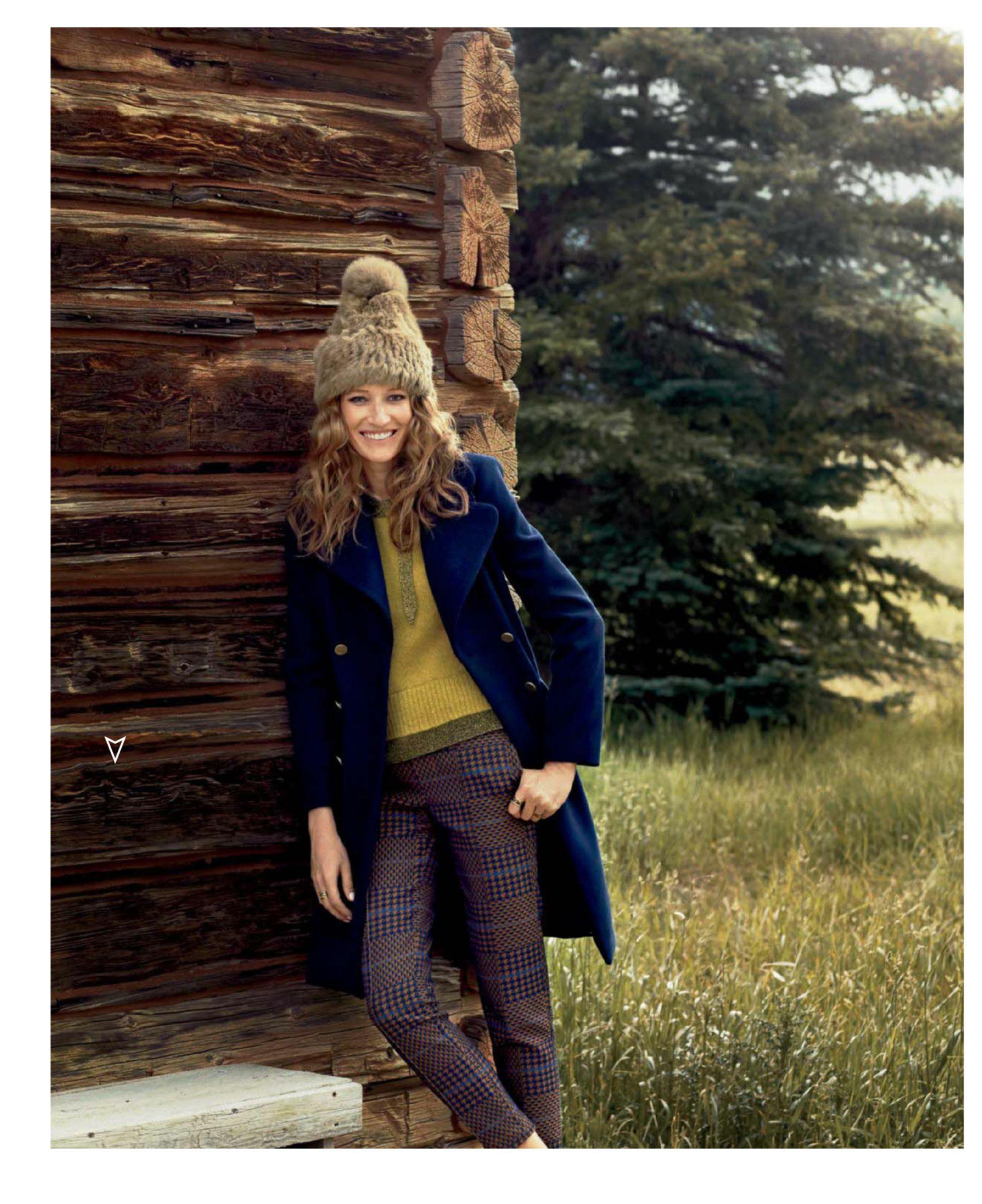4 minute read
HOME
Next Article
LIVING-ROOM LAYOUT LESSONS
The hangout zone of your home can be hard toarrange. So RS asked two designersto sketch out solutions forthree of the trickiestscenarios. Pull up a chair.
Written by Betsy Goldberg Illustrations by Script & Seal

home
IFYOUR LIVINGROOM HAS
NO FOYER
You can fake onewithyour choice of cleverwork-around. The idea is to create a pause before the seating area.
3 1
2 SHEA MCGEE
Studio McGee, Salt Lake City
Introduce an entryway
Position a rug and some key pieces of furniture just inside the front door.
1SET UP DROP ZONES. Bookend the doorway with two greeting areas. “A bench-and-hooks combo on one side lets people know right away that this is an entry area,” says McGee. On the other side, place a chest of drawers with a tray on top for grab-and-go essentials, like sunglasses and keys, and a mirror above “for that last check on your way out.”
2BRIDGE THEGAP. Center a rug between the drop zones to help define the “foyer.” “I like a rug that’s a foot wider than the doorway on either side,” says McGee. “Any smaller and it can feel puny, like a doormat.”
3ADD STRATEGIC SEATING. Connect the foyer and the main living area (couches plus TV) with a pair of poufs or low stools. “It’s cumbersome to have to walk around a sofa or two big chairs,” says McGee. “And those pieces would also block your view of the room.”
3 2
1 AMBER LEWIS
Amber Interiors, Los Angeles
Blockwith a bench
Set up a divider—a bench, a bookshelf, or a console—and lay down a runner to carve out an entrance corridor.
1BRING IN GREENERY. Pop a plant into the corner facing the entry door to fill out that blank space. It’s in your line of sight when you walk in, so it makes the room feel instantly welcoming, says Lewis. (A snake plant is a good option if that corner doesn’t get a lot of light.)
2DECORATE WITHDOUBLES. Structure the main seating area with some symmetry: a pair of end tables with lamps flanking the sofa, a pair of accent chairs on either side of the coffee table. “Symmetry looks deliberate, so it helps define a space and makes it seem finished,” says Lewis.
3ANCHOR THEMAIN AREA. Lay down a rug in the middle of the larger seating section to establish it as a separate space. “I like the outer pieces of furniture to rest partially on the rug,” says Lewis. “The room feels more easygoing, less stiff that way.”

home
IFYOUR LIVINGROOM IS
SUPER LONGANDNARROW
Divvy up the space to get the most out of the oddly shaped square footage. Opt for either two defined spots or a more fluid layout.
1 2
3 SHEA MCGEE
Rectangle + circle
Section off the room with dual, seating-heavy groupings—a linear one and a piecier one. Filling out the space actually makes a room feel less confined, says McGee.
1START WITH APAIROF SOFAS. Set up the main seating area with two same-size couches and a coffee table in between. “Some people like a sectional to squeeze in more seating,” says McGee. “But in a tight room like this, it makes traffic flow tricky. A pair of sofas opens up the space better.”
2CREATE ACIRCLEOF SEATING. Turn the second half of the room into a loungey area with four accent chairs surrounding a cocktail table about 18 inches high. “It gives you an intimate spot for conversations or playing cards or board games, and it balances the other side’s chunkier setup,” says McGee.
3ADDA FLOWING, ORGANIC ELEMENT.
Ground the accent chairs and cocktail table with a cowhide rug. “The curvy shape helps a narrow room feel less boxy,” she says.
2 3
1 AMBER LEWIS
All-inclusive
Break up the rectangle into areas that function well on their own or in tandem: a big, communal spot and a smaller, cozy nook, says Lewis.
1CHOOSE DOUBLE-DUTY PIECES. Cap the main seating area with a bench that can be reached from either side. “The bench adds extra seating, and because it’s low, the division it creates is very subtle,” says Lewis. “You’re utilizing the narrow space better if you keep an open flow in the room.”
2DECORATEON AN ANGLE. Outfit the smaller spot with an ottoman and two plush armchairs tilted to face the center of the room. “That way, you can use that nook on its own, or if you have guests over, it morphs with the larger grouping into one big seating area,” says Lewis.
3KEEPTHE NOOK’S FLOOR BARE. “I love all kinds of rugs in all kinds of spaces. But in a narrow room, an area without one can open the space and help it feel airier,” says Lewis. “In this scenario, it’s often better to go with one attention-grabbing rug for the main area.”











